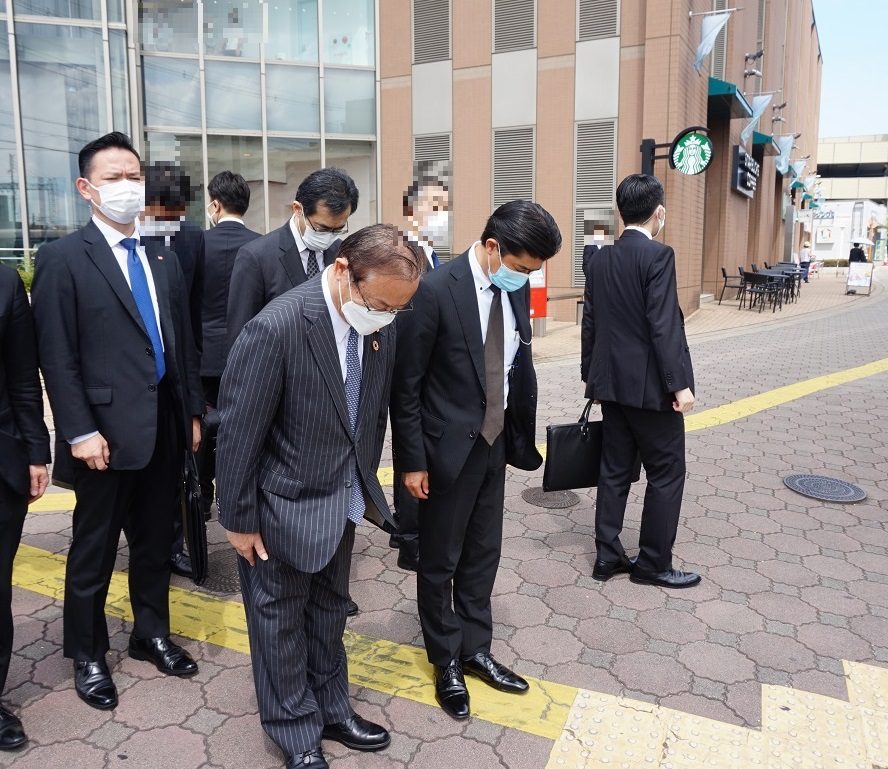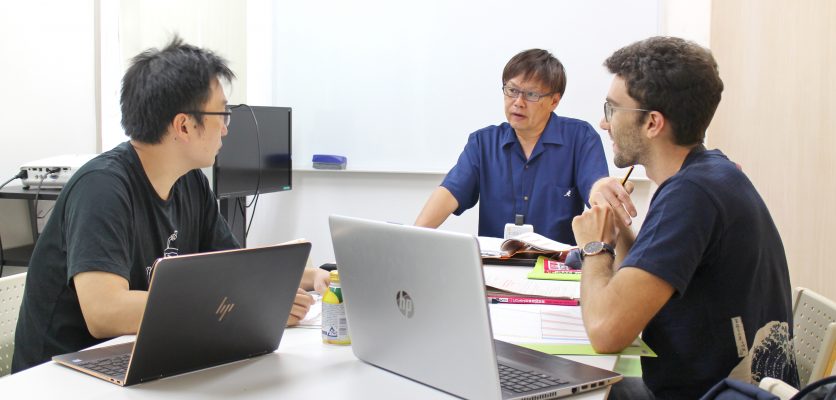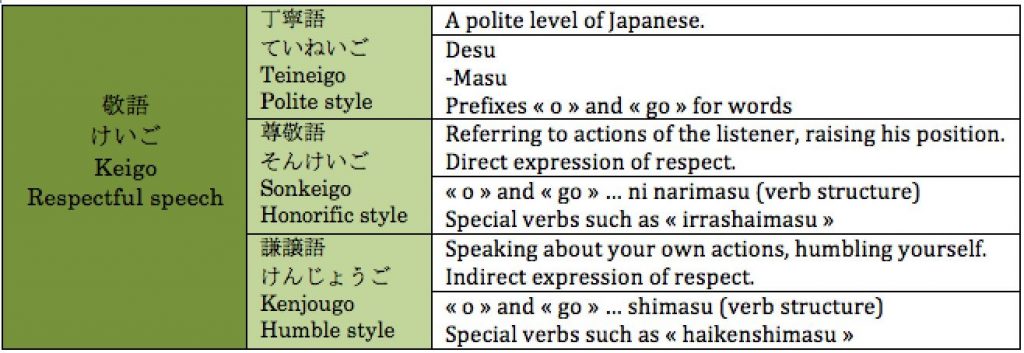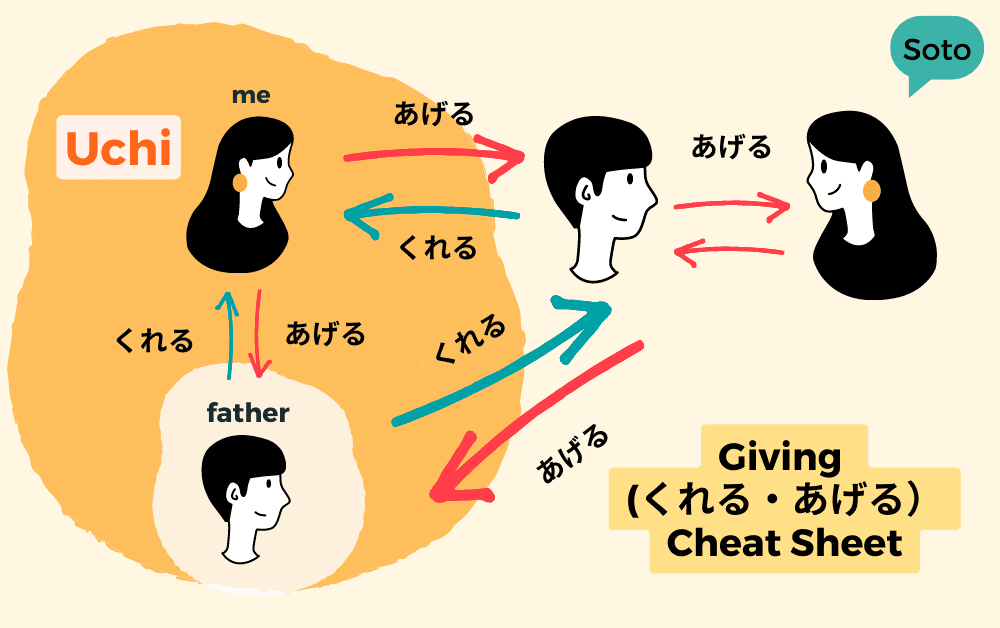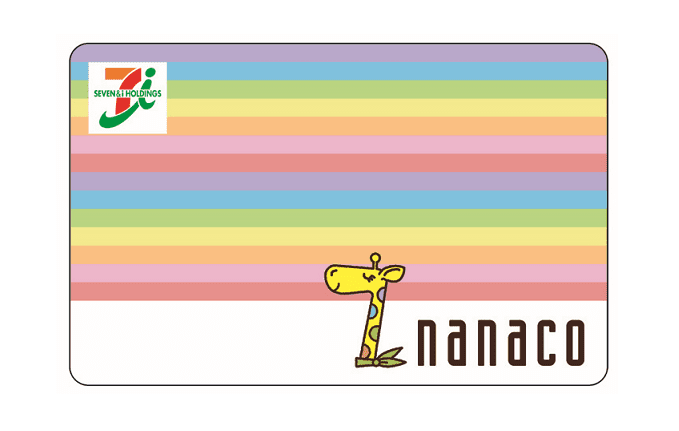Japan’s literary landscape is as diverse and captivating as its culture. From the timeless classics of ancient Japan to the contemporary works of modern authors, Japanese literature offers a variety of genres to satisfy your literary cravings. Whether you’re into thrilling adventures, heart-touching romances, or thought-provoking dramas, Japanese literature has something for everyone.
A Quick Jump To…
- Shōsetsu (小説)
- Manga (漫画)
- Light Novels (ライトノベル)
- Non-fiction (ノンフィクション)
- Mystery and Detective Fiction (推理小説)
- Historical Fiction (時代小説)
- Science Fiction and Fantasy (SF/ファンタジー)
- Romance (恋愛小説)
- FAQ
Exploring the Major Book Genres in Japan
Shōsetsu (小説)
The term “shōsetsu” encompasses many novels, including historical fiction, mystery, romance, and literary fiction. Japanese novels are renowned for their intricate storytelling, vivid character development, and profound exploration of human emotions.
Books That We Love!
- 吾輩は猫である I Am a Cat – 夏目漱石 Natsume Soseki: In Natsume Soseki’s satire, “I Am a Cat,” a nameless, witty stray cat narrates its observations on the pretentiousness and hypocrisy of human society, particularly in Meiji-era Tokyo. The cat’s sharp commentary exposes the gap between human self-perception and reality, making it a timeless satire that resonates with readers today.
- 人間失格 No Longer Human – 太宰治 Dazai Osamu: “No Longer Human” is a semi-autobiographical novel that follows the life of Oba Yozo, who struggles to find his place in society and grapples with alienation and despair. Despite his academic success, Yozo’s true self is hidden behind a clowning persona. As he spirals into alcoholism, drug abuse, and failed relationships, Yozo feels increasingly disconnected from the world and believes himself to be “disqualified as a human being.” The novel is a poignant exploration of the human condition, delving into themes of conformity, alienation, and the search for meaning in a world that often feels indifferent.
Manga (漫画)
Manga, the Japanese term for comics, has gained global popularity for its dynamic artwork, engaging narratives, and diverse genres. From action-packed adventures to heartwarming slice-of-life stories, manga offers a captivating blend of visual storytelling and literary expression.
Books That We Love!
- 呪術廻戦 Jujutsu Kaisen – 芥見下々 Gege Akutami: In Jujutsu Kaisen, high school student Yuji Itadori becomes cursed when he swallows a cursed object and enrolls in Tokyo Metropolitan Jujutsu Technical High School to fight cursed spirits and protect the world. Aided by his friends, Yuji faces various challenges and explores themes of friendship, hope, and the nature of evil.
- 鬼滅の刃 Demon Slayer – 吾峠呼世晴 Koyoharu Gotouge: In Demon Slayer: Kimetsu no Yaiba, Tanjiro Kamado vows to become a Demon Slayer to avenge his family and cure his demon-turned-sister Nezuko. Joined by fellow Demon Slayers, they face powerful demons, exploring themes of family, friendship, and courage.
Light Novels (ライトノベル)
Light novels, often abbreviated as “LN,” are a popular genre among young adults. These novels are characterized by their shorter length, simpler language, and focus on escapist themes such as fantasy, science fiction, and romance.
Books That We Love!
- 転生したらスライムだった件 That Time I Got Reincarnated As A Slime – 伏瀬 Fuse: An ordinary salaryman is reincarnated as a slime in a fantasy world. He acquires unique abilities and embarks on a journey of self-discovery, building a nation of monsters and promoting harmony between humans and monsters.
- ソードアート・オンライン Sword Art Online – 川原礫 Reki Kawahara: In Sword Art Online, thousands of players are trapped in a virtual reality MMORPG called Sword Art Online. Unable to log out, they must clear all 100 floors of the game or die in the real world. Kirito, a skilled solo player, teams up with Asuna, a fellow player, to conquer the game and escape. The series explores themes of love, loss, and the nature of reality in the digital age.
Non-fiction (ノンフィクション)
Japanese non-fiction encompasses a wide range of topics, including history, philosophy, science, and self-help. These works offer valuable insights into Japanese culture, society, and thought.
Books That We Love!
- 嫌いになれるまで好きでいたいし、自分のことも好きになりたい I Want To Love Someone Until I Hate Them, And I Want To Love Myself Too- ニャン Nyan: In this collection of essays, Nyan delves into the intricacies of love and self-love, challenging the notion of blind love and emphasizing the significance of accepting oneself and others fully. He shares personal anecdotes and observations, creating a relatable and insightful exploration of these complex emotions.
- 凍 Frozen – 沢木耕太郎 Kotaro Sawaki: World-renowned climbers Taishi and Midori Yamanoi attempt to conquer Gasherbrum I but face a tragic avalanche. Taishi’s desperate rescue attempt is thwarted by Midori’s passing, leaving him to descend alone. He miraculously survives, while Midori’s body is later recovered. Frozen is a poignant tale of human resilience, love’s strength, and nature’s power.
Venturing into Specific Japanese Genres
Mystery and Detective Fiction (推理小説)
Japanese mystery and detective fiction, known as suiri shōsetsu, has a long and distinguished tradition. Renowned authors like Edogawa Ranpo and Seishi Yokomizo have captivated readers with their intricate plots, clever deductions, and enigmatic characters.
- あなたが誰かを殺した You Killed Someone – 東野圭吾 Higashino Keigo: Haunted by a mysterious email accusing him of a long-forgotten hit-and-run, Keisuke embarks on a journey to uncover the truth and confront his past, grappling with guilt, redemption, and the impact of his actions.
- 777 トリプルセブン Triple Seven – 伊坂幸太郎 Isaka Kotaro: The story follows seven individuals with the number “7” embedded in their names or lives who find themselves connected by a series of strange events. The novel is a fast-paced and suspenseful thriller that explores themes of fate, coincidence, and the interconnectedness of human lives.
Historical Fiction (時代小説)
Historical fiction, known as jidai shōsetsu, transports readers to different eras of Japanese history. These novels offer vivid portrayals of samurai life, political intrigues, and social transformations throughout Japan’s rich past.
Books That We Love!
- 燃えよ剣 Burn, O Sword – 司馬遼太郎 Shiba Ryotaro: The novel is a fictionalized account of the life of Hijikata Toshizo, a vice-commander of the Shinsengumi, a special police force that served the Tokugawa shogunate during the Bakumatsu period (1853-1868). The novel is a historical epic that tells the story of the Shinsengumi’s struggle to maintain order and uphold the old order in the face of increasing pressure from the forces of modernization and foreign influence.
- 村上海賊の娘 Murakami Kaizoku No Musume – 和田竜 Ryō Wada: It depicts the life of Murakami Muneyoshi’s daughter, Kei, during the First Battle of Kizugawaguchi in 1576.
Science Fiction and Fantasy (SF/ファンタジー)
Japanese science fiction and fantasy, often abbreviated as “SF” or “fantasy,” has gained international acclaim for its innovative concepts, imaginative worlds, and exploration of technological and societal themes. Authors like Haruki Murakami and Ryunosuke Akutagawa have garnered widespread recognition for their groundbreaking works in these genres.
Books That We Love!
- アルジャーノンに花束を Flowers For Algernon – ダニエル・キイス Daniel Keyes: In Daniel Keyes’s sci-fi novel “Flowers for Algernon,” Charlie Gordon, a man with intellectual disabilities, undergoes an experimental surgery that dramatically increases his intelligence. Charlie’s newfound intellect opens his eyes to the world’s complexity, but it also exposes the limitations of intelligence and the importance of love, compassion, and acceptance.
- ハリー・ポッターと賢者の石 Harry Potter and the Philosopher’s Stone – J.K.ローリング J. K. Rowling: Harry Potter, an orphaned boy living with his uncaring relatives, discovers his magical heritage and attends Hogwarts School of Witchcraft and Wizardry. He makes friends, learns about his parents’ past, and confronts the evil Lord Voldemort, who seeks immortality through the Philosopher’s Stone. With courage and friendship, Harry protects the stone and defeats Voldemort.
Romance (恋愛小説)
Japanese romance novels, known as ren’ai shōsetsu, cover a broad spectrum of subgenres, including pure romance, romantic comedy, and bittersweet love stories. These novels explore the complexities of human relationships, emotions, and the pursuit of love.
Books That We Love!
- 世界の中心で、愛をさけぶ Crying Out Love, In the Center of the World – 片山恭一 Katayama Kyoichi: Sakutaro and Akihiro, childhood friends, fall in love despite Akihiro’s leukemia. As her illness progresses, Sakutaro dedicates himself to her care. After her death, he fulfills her wish to scatter her ashes at the “center of the world.” Through his journey, Sakutaro confronts grief and learns to move on.
- ノルウェイの森 Norwegian Wood – 村上春樹 Haruki Murakami: In the turbulent 1960s Tokyo, Toru Watanabe grapples with loss, love, and identity amidst the backdrop of his best friend’s suicide. Toru’s relationships with two women, Naoko and Midori, represent contrasting paths for him: Naoko’s introspective nature mirrors his grief, while Midori’s vivacity offers a momentary escape. As Toru navigates love, loss, and alienation, he confronts the depths of human emotion and the search for meaning in a complex world.
Unveiling the Literary Treasures of Japan
Japanese literature is a fantastic place to uncover many stories, feelings, and cultural knowledge. Whether you’re into thrilling mysteries, epic tales of samurai, or imaginative science fiction and fantasy worlds, Japan’s literature has something for everyone.
So, let’s take a journey through Japanese literature and discover the different types of stories it has to offer. You’ll find engaging plots, interesting characters, and a chance to learn about Japanese culture while reading these literary gems.
You Might Be Wondering…
What is the most popular book genre in Japan?
The most popular book genre in Japan is mystery and detective fiction, known as 推理小説 (suiri shōsetsu). This genre has a long and distinguished tradition in Japan, with renowned authors like Edogawa Ranpo and Seishi Yokomizo captivating readers with their intricate plots, clever deductions, and enigmatic characters.
What is the difference between light novels and regular novels?
Light novels, often abbreviated as “LN,” are a popular genre among young adults in Japan. These novels are characterized by their shorter length, simpler language, and focus on escapist themes such as fantasy, science fiction, and romance. Regular novels, on the other hand, encompass a wider range of genres and styles, including literary fiction, historical fiction, and non-fiction.
What is manga, and how is it different from comics?
漫画 (manga) is the Japanese term for comics. While manga shares some similarities with Western comics, there are also some key differences. Manga is typically read from right to left, and the artwork is often more stylized and expressive. Manga also covers various genres, from action-packed adventures to heartwarming slice-of-life stories.
What are some of the best Japanese books to read for beginners?
Here are a few suggestions for Japanese books that are suitable for beginners:
- “Botchan” by Natsume Soseki: This humorous and satirical novel follows the misadventures of a young teacher in rural Japan.
- “The Sailor Who Fell from Grace with the Sea” by Yukio Mishima: This dark and philosophical novel explores beauty, morality, and the individual’s place in society.
- “Kokoro” by Natsume Soseki: This introspective novel tells the story of a man’s struggles with guilt, love, and the meaning of life.
- “The Wind-Up Bird Chronicle” by Haruki Murakami: This surreal and dreamlike novel follows a man’s search for his missing cat and identity.
Where can I find Japanese books to read?
There are many places where you can find Japanese books to read. You can find them at Japanese bookstores, online retailers, and libraries. You can also find many Japanese books translated into English. In these bookstores, you can also find JLPT-related books if you are looking for some support!
Here are some bookstores in Japan:




